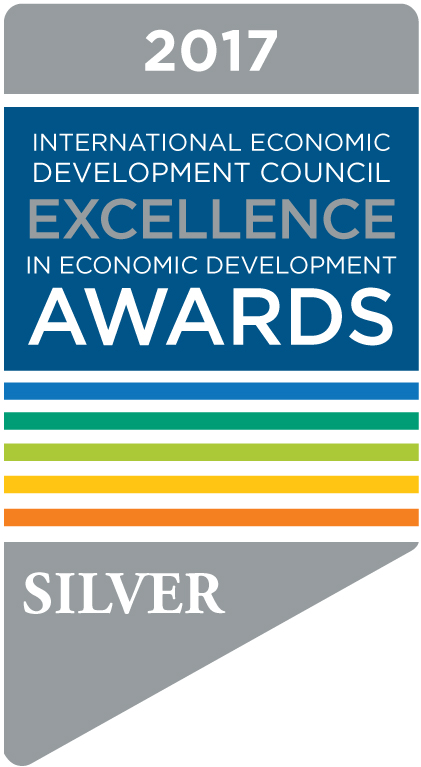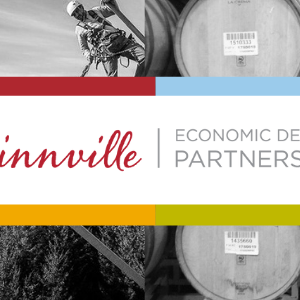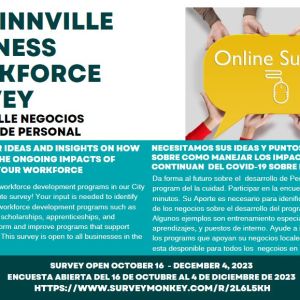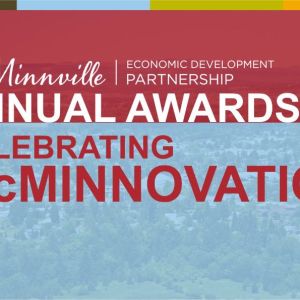MEDP Spark - Just in Time: Understanding Generational Differences for Employee Retention
Mar 4, 2016
MEDP Spark, Volume 1, Issue 3 -- March 2016

Meet Gary Connor, a sensei, a guide, a person of action. At MEDP, we are often networked with extraordinary people who are leading new innovations, breakthrough processes, champions of change, and, in some cases, people who inspire how we approach our own work. Gary Connor is one of those people.
Awarded the Shingo Prize as an author, Gary's storied experience is a fascinating library of real world production solutions. He has traveled the nation hitting production floors and helping to transform the way people make products - saving money while eliminating waste. We asked Gary to share what companies need to understand about the most diverse and complex workforce in our history. Below is his story.
In Henry Ford’s day, producing materials was about building bigger and bigger buildings, filling them with larger and larger machines, producing enormous lot sizes. Employees were simply a means to the end: keeping machines running on time. It was really all about the hardware.
One hundred years has taught us that it is about the software (the people) rather than just the machines and technology. We now realize that this “means to an end” approach is not sustainable. To be successful manufacturers, we must fully engage employees and provide a meaningful work experience that has a sense of accomplishment, as well as opportunity to contribute beyond mere physical presence.
Many organizations have experienced enormous benefits of this software mentality by adopting tools that have collectively become known as “lean.” In the 1970s and ‘80s Toyota turned Henry Ford’s process of manufacturing automobiles on its head. Referred to as Just in Time (JIT) manufacturing, Toyota strived to produce vehicles with the least amount of waste by eliminating operator motion, material transportation, unnecessary waiting, over-production, over-processing, excessive inventories and defects.
Where General Motors had 800,000 employees, Toyota required less than 100,000 to produce a comparable number of cars. GM had 27 inspectors (correctors) at the end of their assembly line, while Toyota had 1. JIT evolved into “Lean.” Today, companies of every description employ these techniques to better serve their customers, clients, and constituents.
Toyota frequently allowed visitors from Ford, GM and Chrysler on their floor. When asked why Toyota’s management would allow the competition into their plant to view their processes, the answer was surprising. “Listen to the questions they ask, ‘How does that machine work? How do you manage your inventories?’ They never ask about how we encourage people to participate. We are not worried…It is about the people and they do not care to understand that.”
Regardless of your company’s product or service, you must manage facilities, finances, equipment, materials and suppliers. Often ignored is the effective management of the most important and valuable asset—your people.
Throughout my work with over 225 companies across the US and Canada, I have seen a common theme among the most successful companies: they value their people. The most critical ingredient of an effective workplace is engaged and motivated employees. Because the workforce is changing rapidly, there is an even greater sense of urgency about learning what keeps workers motivated.
It has been said that for the first time in modern human history, there are four completely divergent generations working in the job market. The Traditionalists, Baby Boomers, Generation X’rs and Millennials often have significantly different value systems, work ethics, and motivators.
In Table #1 below you can see a small sample showing some of the differences between the generations.

This chart allowed me to understand not only the people I work with, but my own family a bit better. Because my dad’s generation was greatly influenced by the Great Depression, it started to make sense why he never threw away a piece of bailing wire. “You never know when you might need that!” he would say.
Looking in the mirror, I saw how the Cold War, the drug culture and other such events affected attitudes and life decisions in my own peer group. My son’s generation (Generation X) behaves in a way strongly influenced by downsizing, the gas crisis, Watergate, reckless spending by the government and an unbelievable period of technological innovation. My grandson’s generations (Millennials) have never known a world where TV meant three black and white channels.
A recent YOUTUBE video entitled "Did you know" states that by the time a Millennial is 34 years old he or she will have had 14 jobs. My Dad’s generation had as close to lifetime employment as we have seen in recent times. Most of my peers had five or six different jobs. I would venture to say that those in my son’s generation have had even more.
How will we lead people in each of these groups if we are unwilling to learn what motivates them and what demotivates them? For example, there is a growing emphasis among Millennials around the importance of environmental stewardship. Working for a company that has high regard for the environment is no longer optional for many.
As a consultant with the Oregon Manufacturing Extension Partnership (OMEP) we have performed many continuous improvement projects at many Yamhill County organizations, including Meggitt Polymers & Composites, ARE Mfg., Climax Portable Tools, and 3-D Plastics. It is encouraging to see local companies investing in their employees’ work experiences.
We can build a stronger local business presence by continuing to seek and apply tools that lead to operational excellence. In addition to manufacturers, I have also had the opportunity to work with nonprofits, service organizations, healthcare and even governmental authorities. In one organization we reduced the lead-time to process immigration applications from 14 weeks to 4 weeks using the same tools we used at Meggitt Polymers & Composites to improve their material flow. We developed the same robust and repeatable kind of organized filing system for a local nonprofit as we are currently developing at Yamhill based companies like ARE Manufacturing in Newberg.
It is critical to remember that success is not about hiring a person or finding a piece of equipment to follow a defined process. To be truly successful, an organization should have employees who act as “business thinkers,” who are willing to develop and utilize their powers of observation to seek and eliminate waste in every activity, every day. Making those changes requires a willingness to challenge and vocalize dissenting views about the current state, which is something that Generation X and Millennials are quite willing to do. In the past, dissension was viewed as a negative. We should embrace this willingness to share and capitalize on new ideas.
Senior manager positions may still be occupied by Baby Boomers, who should realize that up-and-coming generations have powerful ideas to offer. As manufacturers, it is our obligation to provide these newcomers with an environment that welcomes them to express their ideas, and allows opportunity to stretch and test themselves.
Remember, to reach optimized productivity in any venture, know your people and understand what they value and how their perspective adds to the overall bottom line in your cost of doing business.
If you would like to obtain a complete Generational Difference table, please contact Jasmine Agnor at:
If you are a local manufacturer and would like a free assessment visit by one of our OMEP facilitators, please contact Heather Cutler at Hcutler@omep.org or visit our website at:
By Gary Conner
Senior Consultant
Oregon Manufacturing Extension Partnership
503.580.1156










